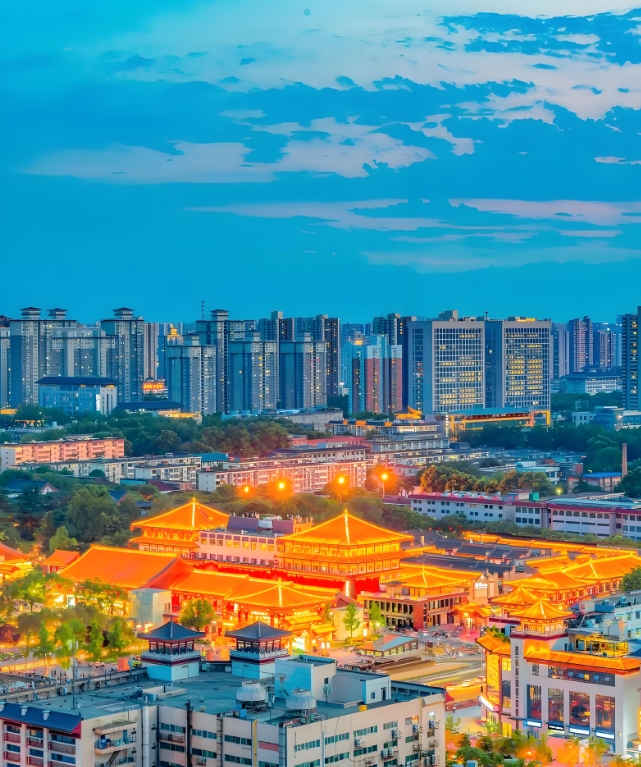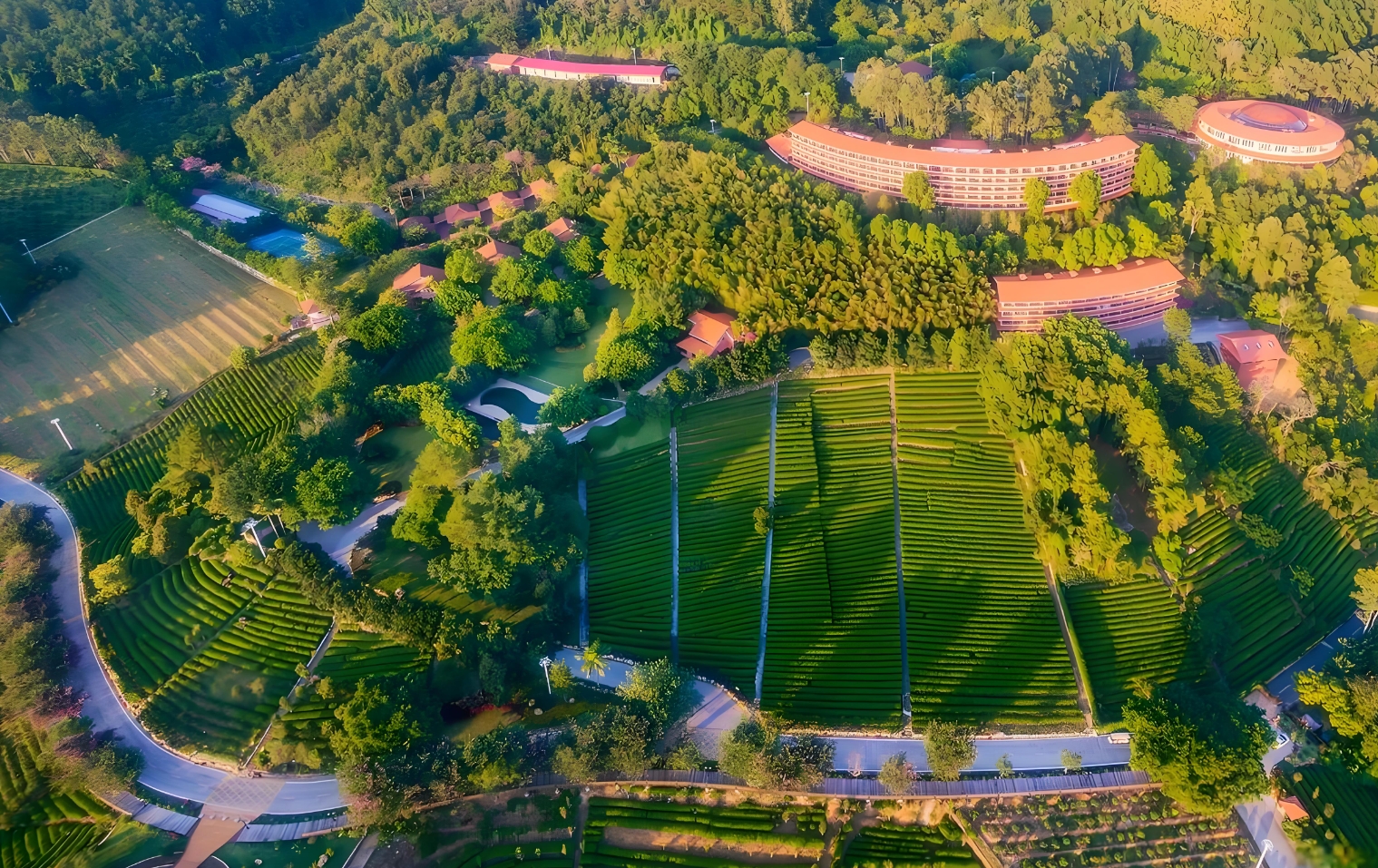Qingyuan Mountain: Known as the "Mother Mountain" of Quanzhou, this national scenic area is famous for its 奇特 rocks, clear springs, and ancient temples. From the summit, you can overlook the entire city. The Laojun Rock Statue halfway up the mountain is a masterpiece of Song Dynasty stone carving and an important relic of Taoist culture.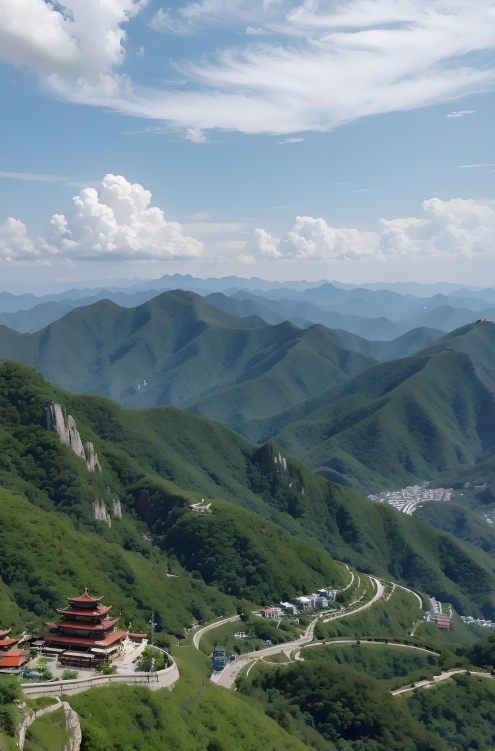
Kaiyuan Temple: A thousand-year-old Buddhist temple built in the Tang Dynasty, it is the largest Buddhist monastery in Fujian. The East Pagoda (Zhenguo Pagoda) and West Pagoda (Renshou Pagoda) within the temple are the tallest existing stone pagodas in China. Their brick-and-stone structures have stood firm through a thousand years of wind and rain, witnessing Quanzhou's rise and fall.
West Street: Quanzhou's oldest street, dating back to the Tang Dynasty, retains numerous architectural relics from the Song, Yuan, Ming, and Qing dynasties. Along the street, you'll find wooden arcade buildings, red-brick ancient houses, old noodle shops, and handicraft stores. A stroll here feels like traveling back in time.
Tianhou Palace: One of the largest existing Mazu temples in China, built in the Southern Song Dynasty, it is a key witness to Quanzhou's role as the starting point of the Maritime Silk Road. The temple features exquisite wood and stone carvings, and grand celebrations are held during Mazu's birthday each year.
Guandi Temple: Located on Tumen Street, adjacent to a mosque, it embodies Quanzhou's characteristic coexistence of diverse cultures. The temple's decorations are extremely ornate, with vivid ceramic cut sculptures, making it a model of martial temples in southern Fujian.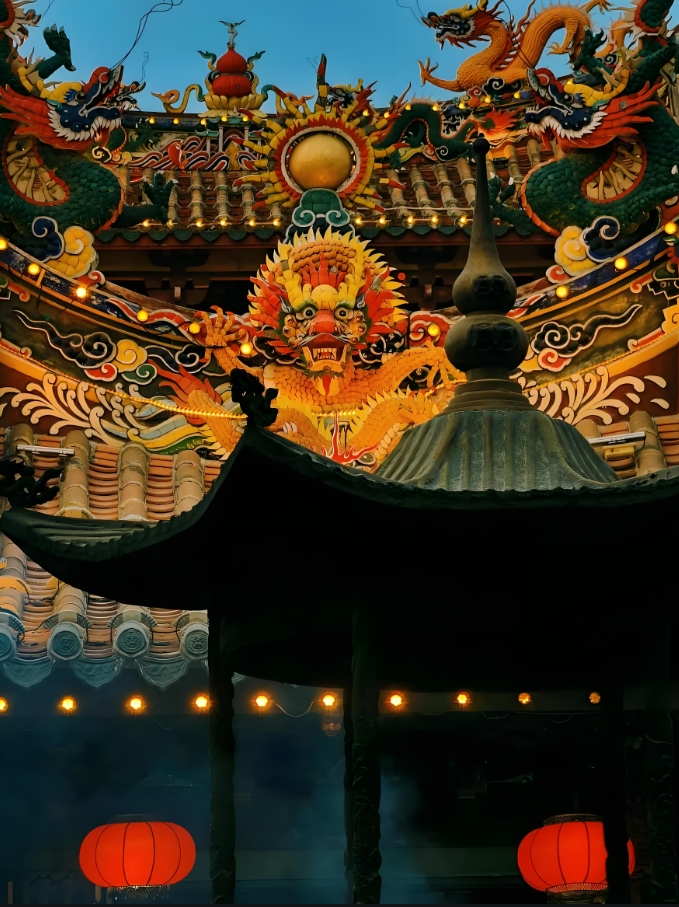
Anping Bridge: Also known as the "Five-Li Bridge," built in the Song Dynasty, it is the longest ancient beam stone bridge in the world, stretching approximately five li (about 2.5 kilometers). The bridge is lined with numerous stone steles and pagodas; walking across it, you can imagine the prosperity of Quanzhou Port in ancient times with its bustling merchant ships.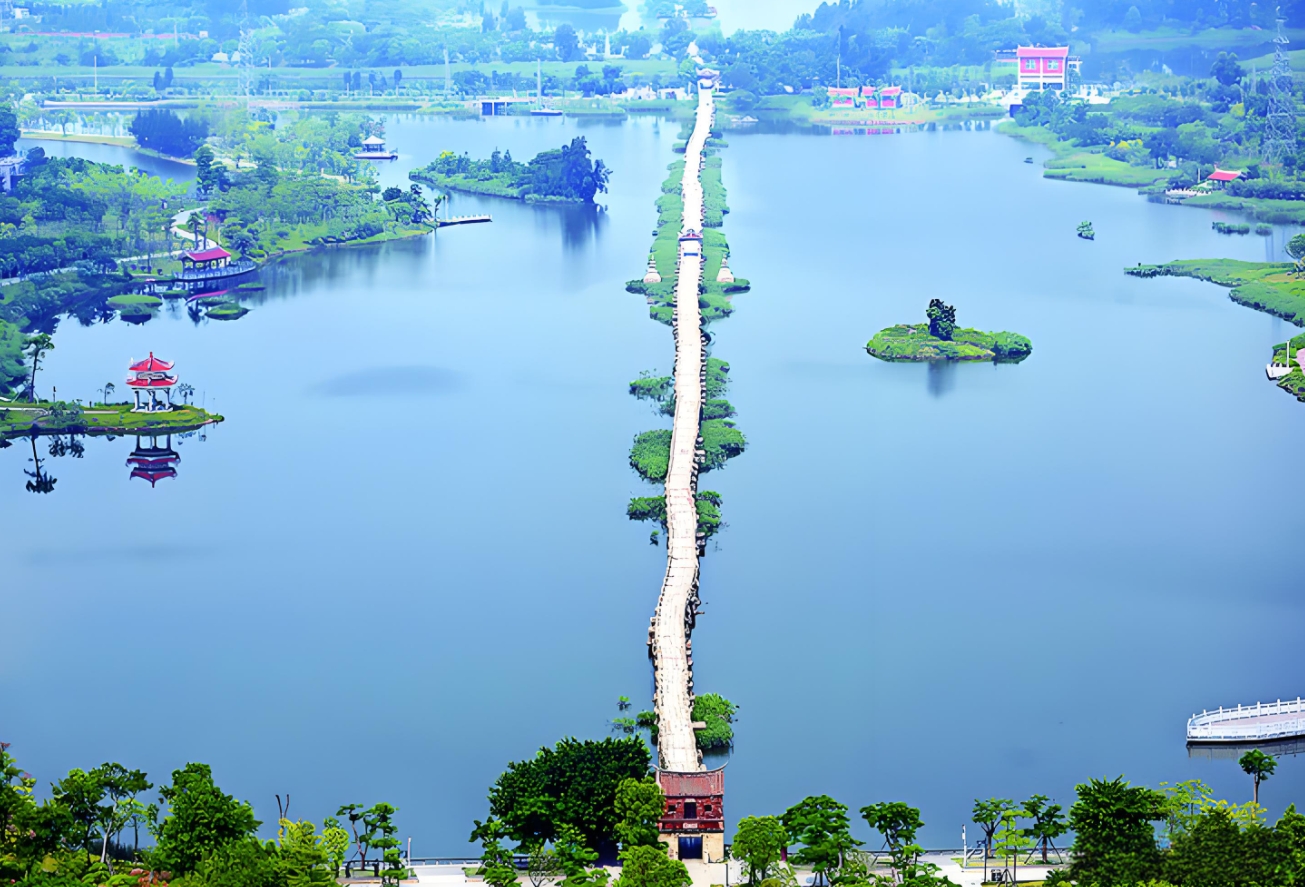
Caon Temple: The world's best-preserved Manichaean site. The stone carving of Mani, the founder of Manichaeism, on the rock wall inside the temple is the only such carving in the world, witnessing the spread of this ancient religion in the East.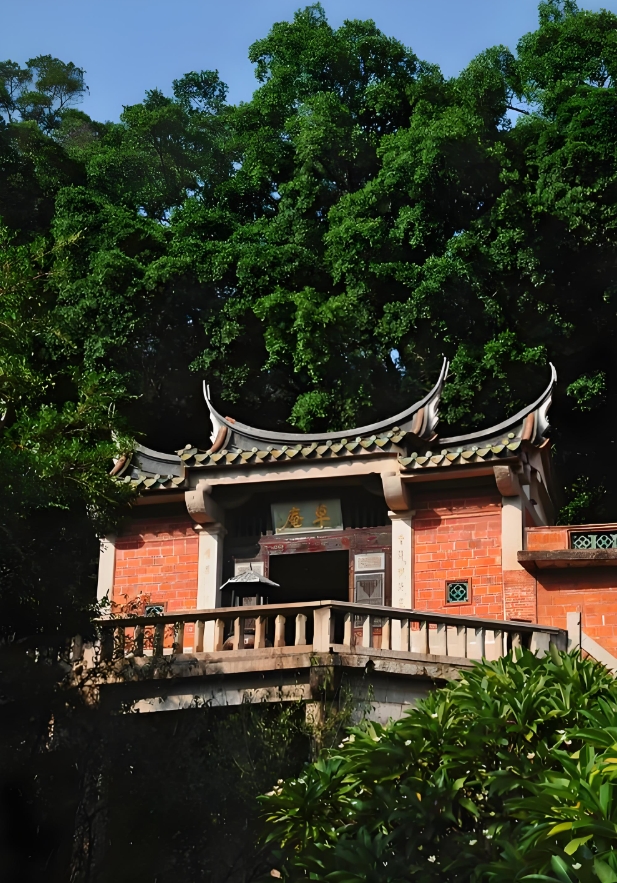
Luoyang Bridge: One of China's four famous ancient bridges, built in the Northern Song Dynasty. It solved foundation issues with the unique "turtle-breeding method," showcasing the wisdom of ancient craftsmen. Ancient banyan trees line the bridge, creating a picturesque scene.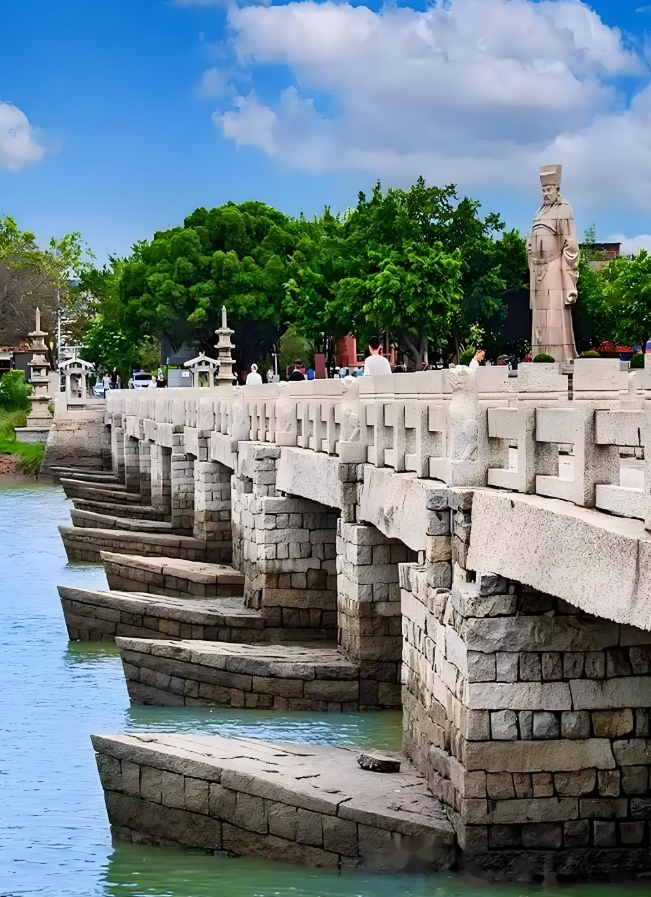
Food Recommendations
Ginger Duck: A classic Quanzhou dish. Old duck and a large amount of ginger slices are slow-cooked in a clay pot. The duck meat is tender and flavorful, with the aroma of ginger blending perfectly with the meat, making it ideal for cold winters.
Mianxianhu (Thin Noodle Soup): A favorite breakfast for Quanzhou locals. Thin noodles, as fine as hair, are boiled into a paste and served with shrimp, oysters, pig intestines, and other ingredients, topped with soy sauce and scallions. It is fresh and warming.

Braised Pork Zongzi: A representative of southern Fujian zongzi (glutinous rice dumplings). Glutinous rice wraps 五花肉 (braised pork belly), salted egg yolk, shrimp, mushrooms, and other ingredients, wrapped in bamboo leaves and boiled. It is rich, savory, and unforgettable.
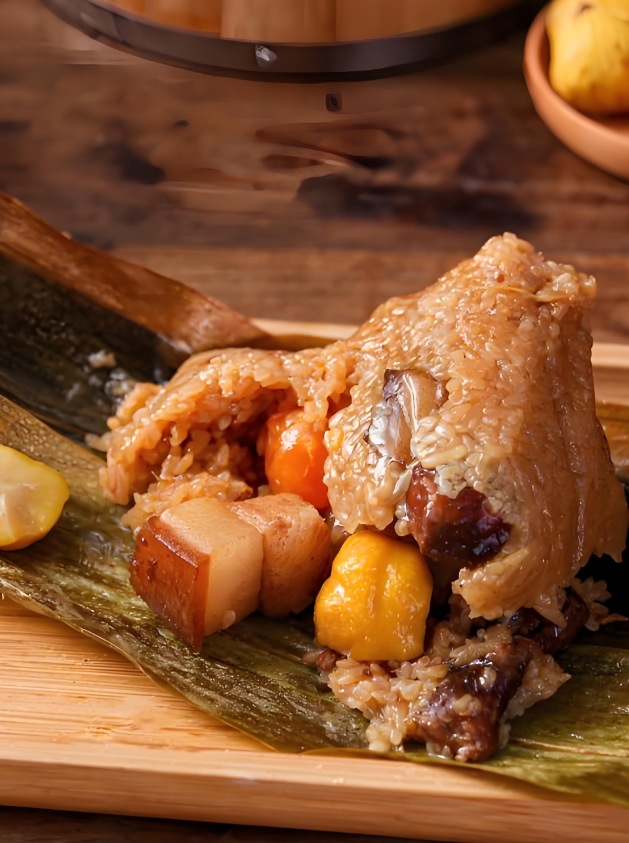
Four-Fruit Soup: A refreshing summer dessert. It features grass jelly and agar jelly as a base, paired with red beans, mung beans, taro balls, watermelon, and other ingredients, sweetened with honey or syrup. It is cool and refreshing.
Sipunculid Worm Jelly: A unique Quanzhou snack. It is made by boiling marine worms to extract their gelatin, which is then cooled and solidified. It has a chewy texture and is served with garlic and soy sauce, offering a distinctive umami flavor.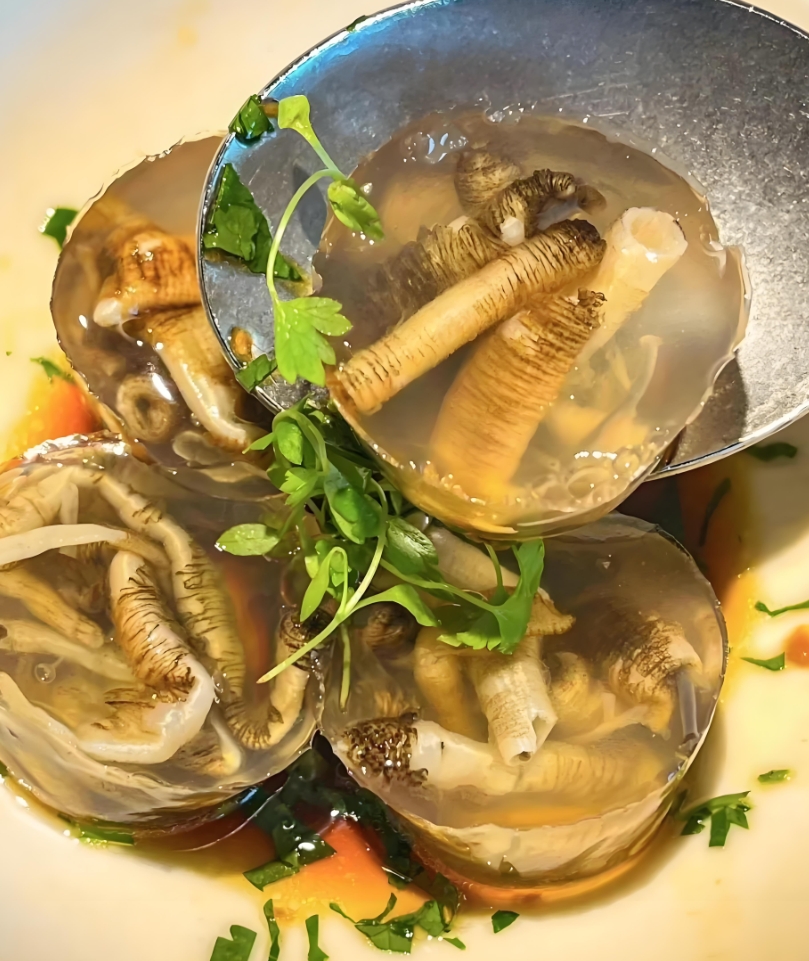
Oyster Omelette: Fresh oysters are mixed with sweet potato starch and garlic chives, fried until golden, and 淋上 (drizzled with) beaten eggs. It is crispy on the outside and tender on the inside, with the sweetness of oysters perfectly blending with the aroma of eggs.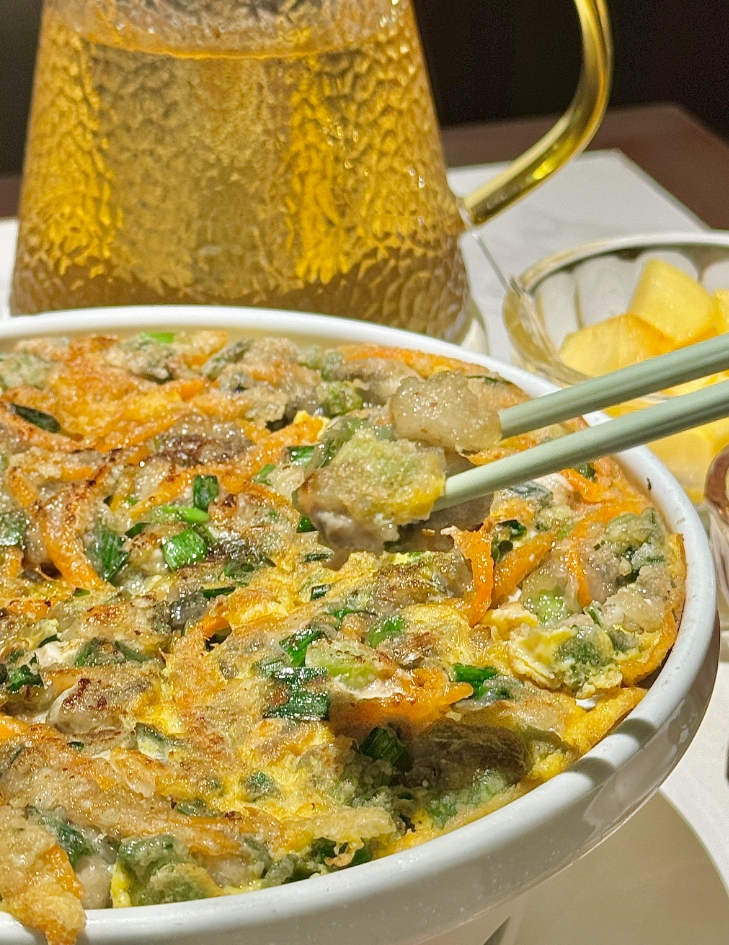
Runbing (Spring Rolls): Also known as spring rolls, the paper-thin wrapper encloses over ten ingredients, including fried rice noodles, oyster omelette, dried tofu, and shredded vegetables. Each bite offers a complex mix of flavors, making it a must-eat during Quanzhou festivals.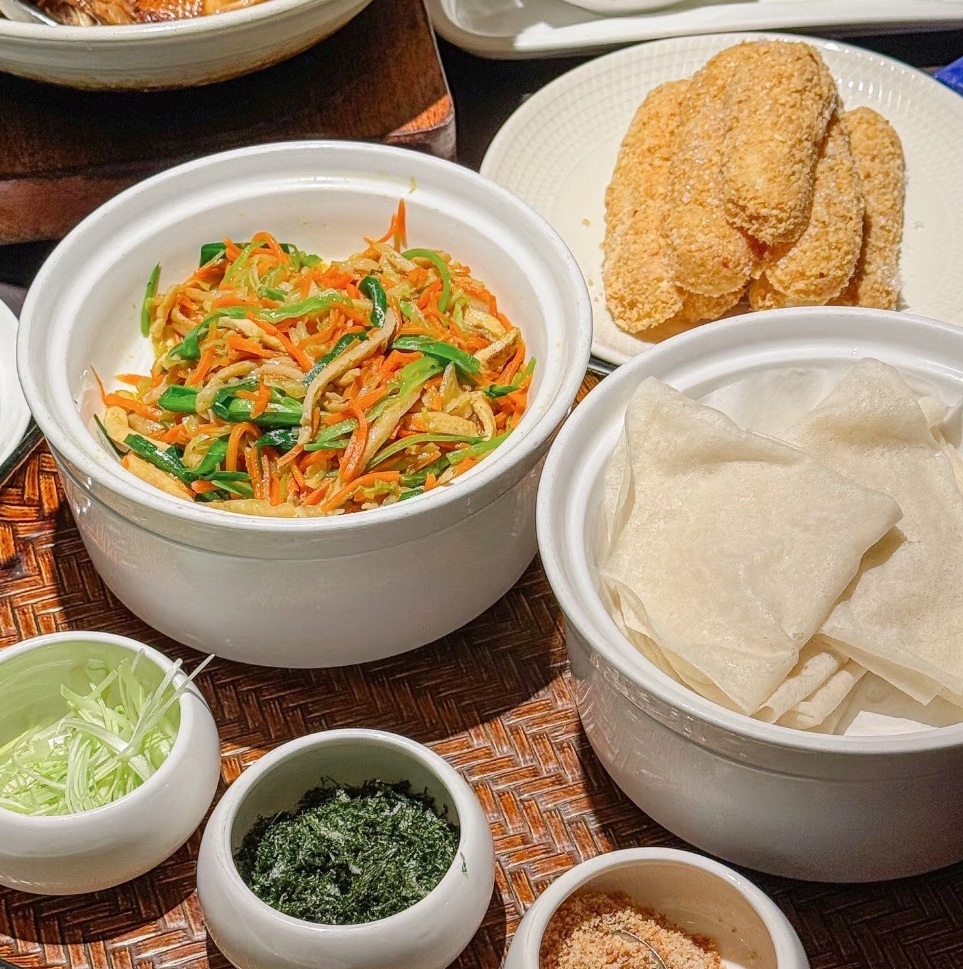

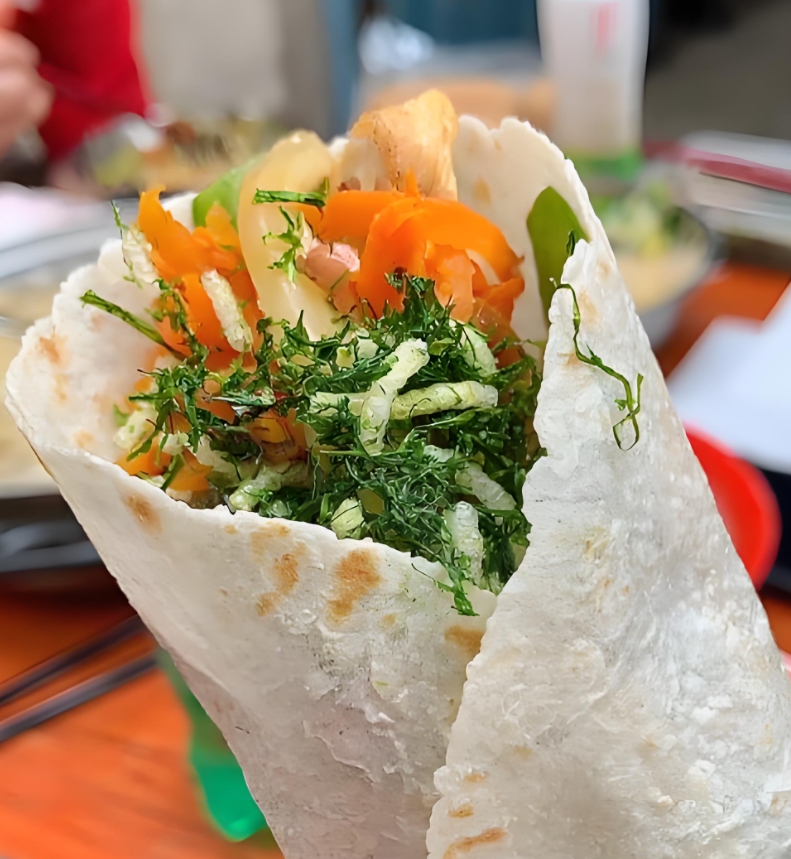
Machi (Glutinous Rice Cakes): Steamed glutinous rice is pounded into a dough, coated with peanut powder, sesame seeds, and sugar. It is soft, sticky, and sweet, a common traditional snack on the streets.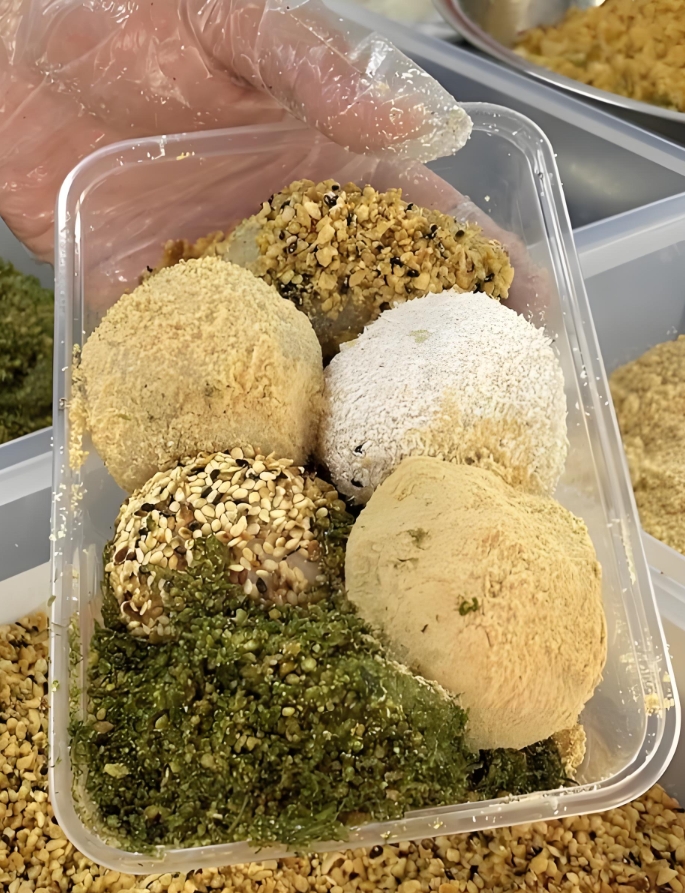
Itinerary(This is for your reference only)
Day 1: Ancient City Culture Experience
Morning: Upon arriving in Quanzhou, head straight to West Street. Wander along the ancient street to admire red-brick houses, visit Kaiyuan Temple, and get up close to the majestic East and West Pagodas.
Noon: Taste braised pork zongzi and mianxianhu near West Street to experience local flavors.
Afternoon: Go to Tumen Street, visit Guandi Temple and the adjacent mosque to feel the integration of diverse cultures. Then head to Tianhou Palace to learn about Mazu culture.
Evening: Return to West Street to experience the night market atmosphere, try snacks like sipunculid worm jelly and machi, and enjoy the street's night view.
Day 2: Nature, Zen, and Martial Arts
Morning: Travel to Qingyuan Mountain, hike to Laojun Rock to visit the Taoist sacred site, admire the strange rock formations along the way, and overlook Quanzhou from the summit.
Noon: Dine at a restaurant at the foot of the mountain and try ginger duck to refresh after the hike.
Afternoon: Visit the Southern Shaolin Temple, watch Shaolin martial arts performances, and explore Guanyin Pavilion and the Martial Arts Hall to feel the charm of Zen and martial arts culture.
Evening: Return to the city and enjoy four-fruit soup near Donghu Park to cool down.
Day 3: Ancient Bridges and Cultural Exploration
Morning: Go to Luoyang Bridge, stroll across the ancient bridge to enjoy the "Wanan Scenery," and visit Caixiang Temple by the bridge to learn about its construction history.
Noon: Dine on seafood at a restaurant near Luoyang Bridge, and try the local oyster omelette.
Afternoon: Drive to Anping Bridge, walk along the five-li-long bridge, visit the white pagoda and stone steles at the bridgehead, then head to Caon Temple to explore the Manichaean site.
Evening: Return to the city and enjoy a runbing dinner to savor the unique flavors of its rich fillings.
Day 4: Leisure Time Before Departure
Morning: If time permits, visit the Minnan-Taiwanese Cultural Museum to understand the historical ties between Fujian and Taiwan, or go to Houcheng Cultural Street to pick up southern Fujian-style handicrafts.
Noon: Have one last taste of Quanzhou cuisine at a city restaurant. It is recommended to order a portion of ginger duck to take away as a souvenir.
Afternoon: Depart according to your schedule, concluding your Quanzhou trip.
